The Pokémon video game series has spanned five handhelds and five different consoles starting in 1996. It is the fourth highest-selling franchise in history, coming in only behind big brother Mario (and the Super Mario series), Tetris, and the Call of Duty franchise. With more Pokémon games coming out year after year, the series shows no signs of slowing down. With that in mind, let’s take a look at the most popular Nintendo Pokemon games ranked from worst to best.
Pokémon Brilliant Diamond and Shining Pearl
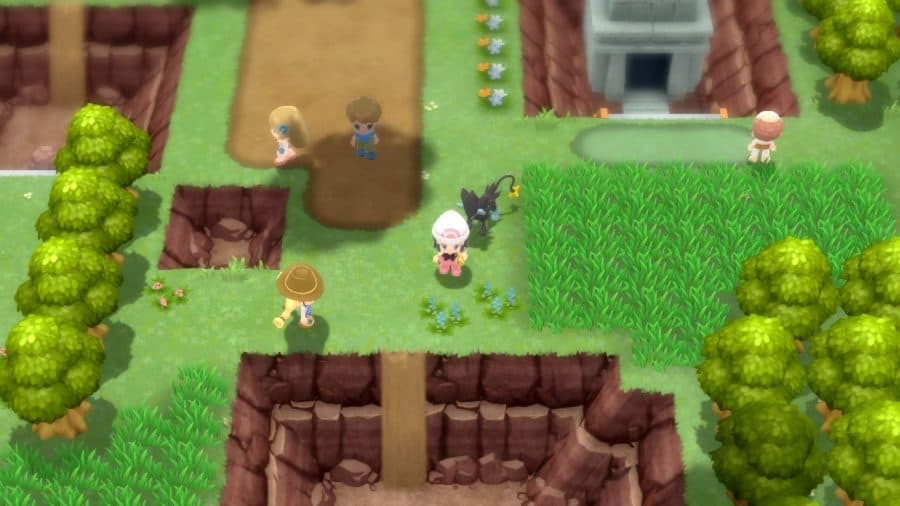
Brilliant Diamond and Shining Pearl were remakes of the popular 2006 Diamond and Pearl version on the Nintendo DS. Like the originals, each game had a set of exclusive Pokémon that made it unique. The only major difference between the Brilliant and Shining versions was the better visuals over their predecessors. This makes sense being 15 years apart and on two separate systems. The game was the same one that most players had played on their DS all those years ago.
Just because the graphics were better, it didn’t mean the game was good. It lacked originality and the reviews were far below the original games. The average reviews were around 73.
Pokémon Emerald
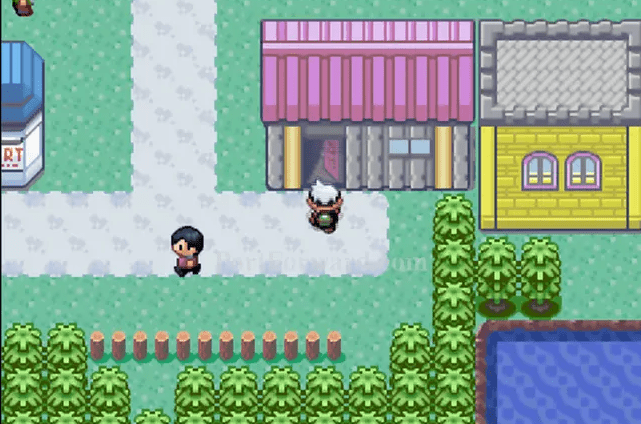
Pokémon Emerald was the third installment in the Ruby/Sapphire series. It contained mostly the same gameplay and maps of Ruby and Sapphire but had 33 exclusive Pokémon not found in its predecessors. Furthermore, it took the best parts of Ruby and Sapphire and combined them in some aspects, making the game feel more complete from a player’s standpoint.
Although it’s at the bottom of the ranking list here, it wasn’t a bad game. It received favorable reviews earning a 76 from Metacritic. The only real reason it scored lower is that it felt too similar to Ruby and Sapphire.
Pokémon Snap

Pokémon Snap was the first console game for the franchise. It was also the first time any of the Pokémon had been rendered in 3D. Snap didn’t play like most Nintendo Pokemon games. It was more of a rail shooter where the player’s objective was to photograph every Pokémon on an island while traveling around in a cart on a track. Rail (track). Shooter (camera).
Overall Pokémon Snap received an average score of 77. While it was praised for being a good game for kids, it was criticized for being too short as only 63 of the original 151 Pokémon were available for “capture.” It could be completed in two playthroughs with very little replayability.
Pokémon: Let’s Go, Pikachu! And Let’s Go, Eevee!
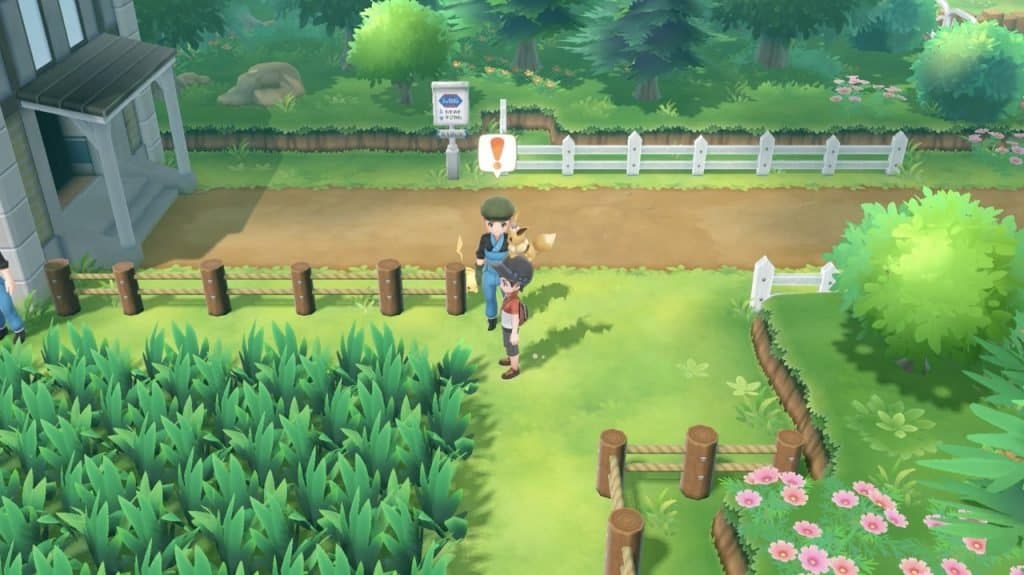
Twenty years after Pokémon Yellow graced our Game Boy Colors with an incredible game, the remakes, Let’s Go, Pikachu, and Let’s Go, Eevee became some of the first Nintendo Switch Pokemon games. Trying to reach a younger audience and cater to the aging original audience, Game Freak found a happy balance.
Let’s Go, Pikachu, and Let’s Go, Eevee could connect to the player’s Pokémon Go account from their mobile device if they wanted. Additionally, a new controller was introduced. The Poké Ball Plus was an optional controller shaped like a Poké Ball that used motion controls to capture Pokémon in the game.
Most reviewers enjoyed the game and the nostalgia it gave them. They did not, however, like the motion controls which hurt its score somewhat. It received 79, which isn’t too bad for a remake.
Pokémon Fire Red and Leaf Green
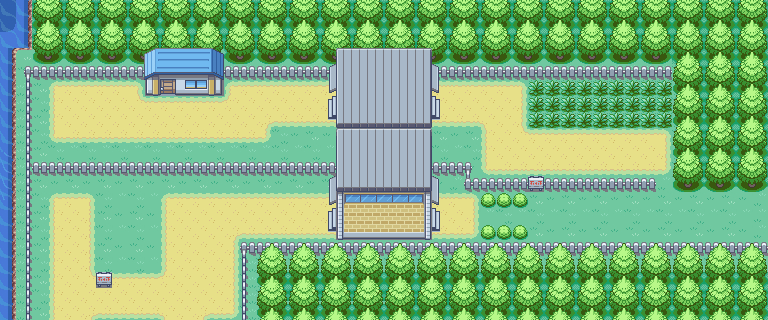
The first-ever remake of a Pokémon game in franchise history, Pokémon Fire Red and Leaf Green made an enhanced version of the original games from the Game Boy, for the Game Boy Advance. The game is pretty much the exact same game from eight years prior, but with enhanced visuals, audio, and some gameplay changes. Included with each game was the Game Boy Advance Wireless Adapter. Now players could link to each other’s Game Boy Advance wirelessly from up to 50 feet away.
The game received an 81 rating from both players and reviewers. Most reviewers loved how the game came back in vibrant colors and other enhanced visuals. They were disappointed, however, in the lack of animations during battles that some previous Nintendo Pokémon games had, and felt that aspect was a step back.
Pokémon Stadium

This was the game players had been wanting since they first booted up Pokémon Red, Blue, or Yellow. A three-dimensional battle between the Pokémon that you earned in those games. It came bundled with a “Transfer Pak” that allowed players to copy their Pokémon from their Game Boy Games to Pokémon Stadium. They could battle with their friends or play the story mode that involved 80 different battles across four cups.
It was considered a must-buy for Pokémon fans with an average player rating of 82. Some reviewers only considered it mediocre as it didn’t feel like a typical Pokémon game.
Pokémon Omega Ruby and Alpha Sapphire
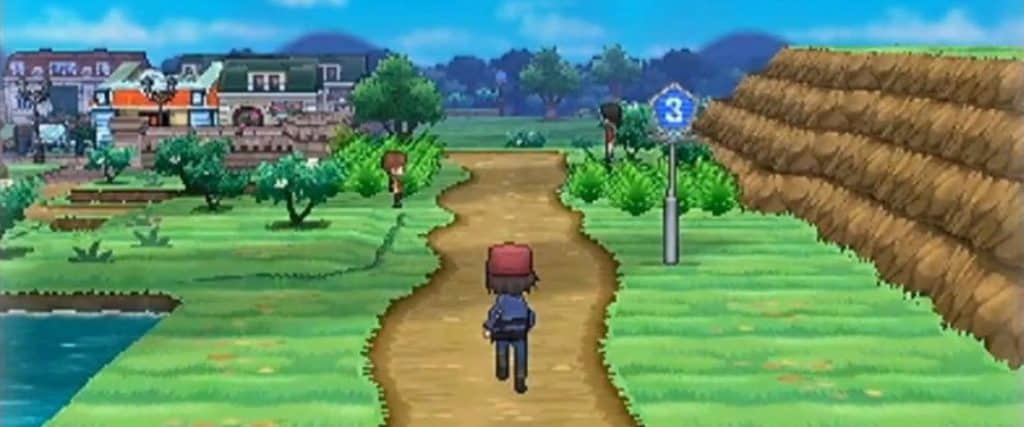
Exactly 12 years to the day, the remakes of Pokémon Ruby and Sapphire, Omega Ruby and Alpha Sapphire were released for the 3DS. Aside from the enhanced visuals from the Game Boy Advance to the 3DS, the story, and gameplay are identical. Omega Ruby and Alpha Sapphire did have a new side quest that was not in the originals. The player must capture a new legendary Pokémon so it can help stop a meteor from crashing into the planet.
Mostly positive reviews all around the game got an average review score of 83. Reviewers loved the new 3D visuals but didn’t receive a higher score because they were thrown off by some imbalance issues (get it?).
Pokémon Platinum
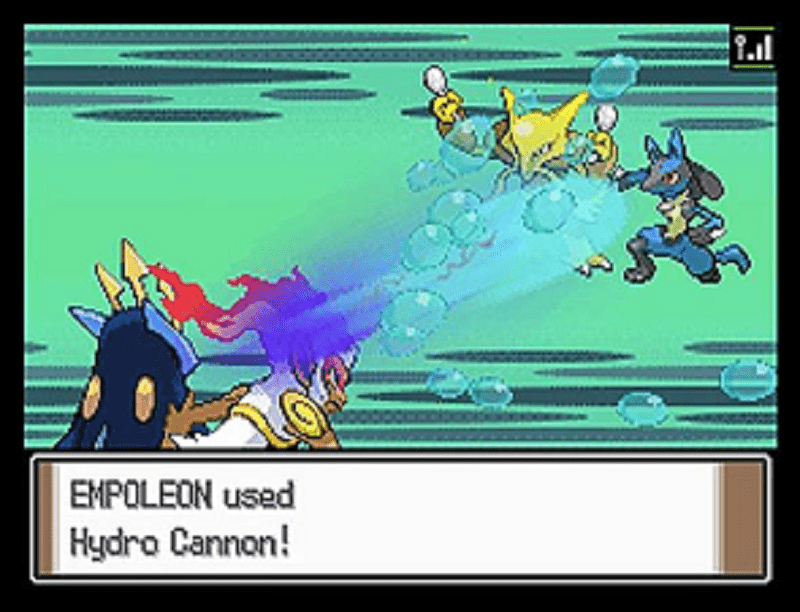
Platinum is the enhanced version of Pokémon Diamond/Pearl, which were the first Nintendo DS Pokemon games. While Platinum played pretty much the same as its predecessor, it did add a few minor things to make it significant.
The game included a new feature called Wi-Fi Plaza, which allowed 20 people per room to play species-themed mini-games. There was also a battle recording feature called “VS Recorder.” A few specific Pokémon were included and a new Distortion World with different physics from the standard world. Lastly, it introduced the ability to trade Pokémon over Wi-Fi using the DS’s new free wireless service.
Receiving an overall rating of 84, it wasn’t among the most popular Pokémon games, but most players and reviewers loved the new additions that weren’t included in Diamond/Pearl.
Pokémon Ultra Sun and Ultra Moon
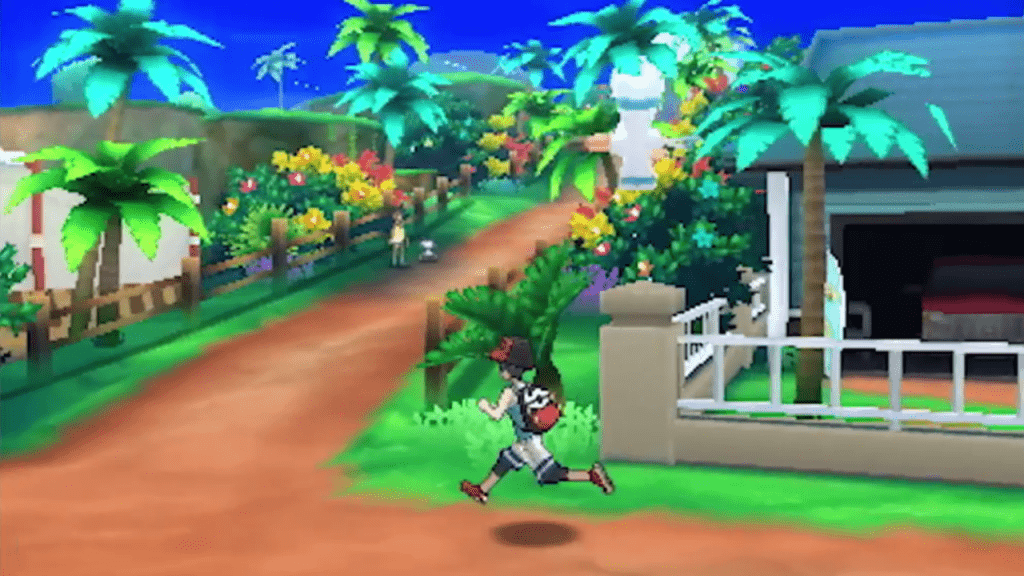
Less than a year after Pokémon Sun and Moon were released, Ultra Sun and Ultra Moon came to the 3DS as well. So why would a company release almost the exact same game in such a short time span? That’s a good question. Moving on, all kidding aside, Ultra Sun and Ultra Moon did introduce new “Ultra Beasts” and new art for a legendary Pokémon that featured dusk and dawn forms. New Z-Moves were also included for a few select Pokémon as well as three new mini-games.
Surprisingly, Ultra Sun and Ultra Moon ended up being some of the most popular Nintendo Pokemon games at the time, receiving an average score of 84. While being very similar to Sun and Moon, some reviewers felt it was different enough to warrant a purchase.
Pokémon Yellow
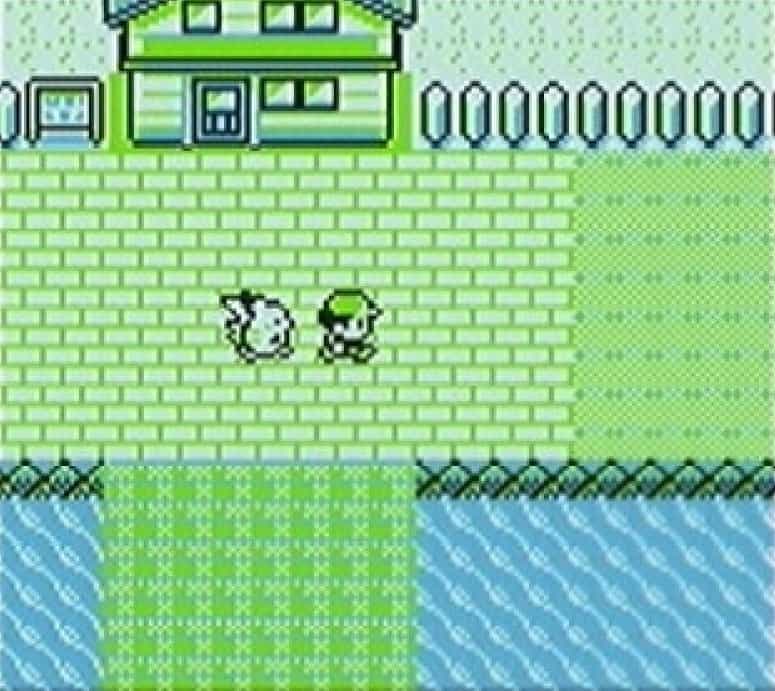
The final game in the first generation of Pokémon, Yellow was a more enhanced version of the Red, Blue, and Green games. This version was immensely popular mostly due to the fact that it was based on the TV show and anime.
Yellow breaks tradition by not allowing the player to pick a starter Pokémon at the beginning, instead they are given Pikachu by default. The game then follows the typical story and gameplay in the Kanto region with 149 possible Pokémon to catch.
Pokémon Yellow is the fifth highest-rated Game Boy game of all time. It received favorable scores of 85 from reviewers and even higher ratings from most players.
Pokémon Black 2 and White 2
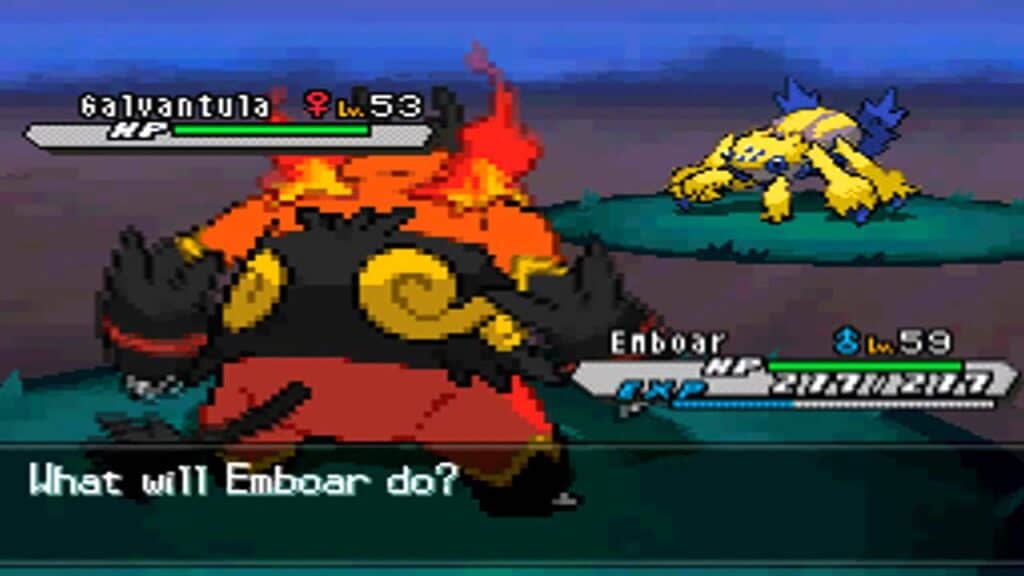
One of the first-ever direct sequels in the Pokémon franchise, Black and White 2 carried the story over from Black and White, taking place two years later. The game had a few additions added to it, including Pokémon Studio, a side game where the player will film a movie with actors and Pokémon. Also introduced was the Pokémon World Tournament where players could battle Gym Leaders from some of the previous games.
Not scoring as high as the original Black and White, Black and White 2 did pretty well with an average score around 86. Players liked the expanded story but didn’t care for the lack of innovation.
Pokémon Sword and Shield
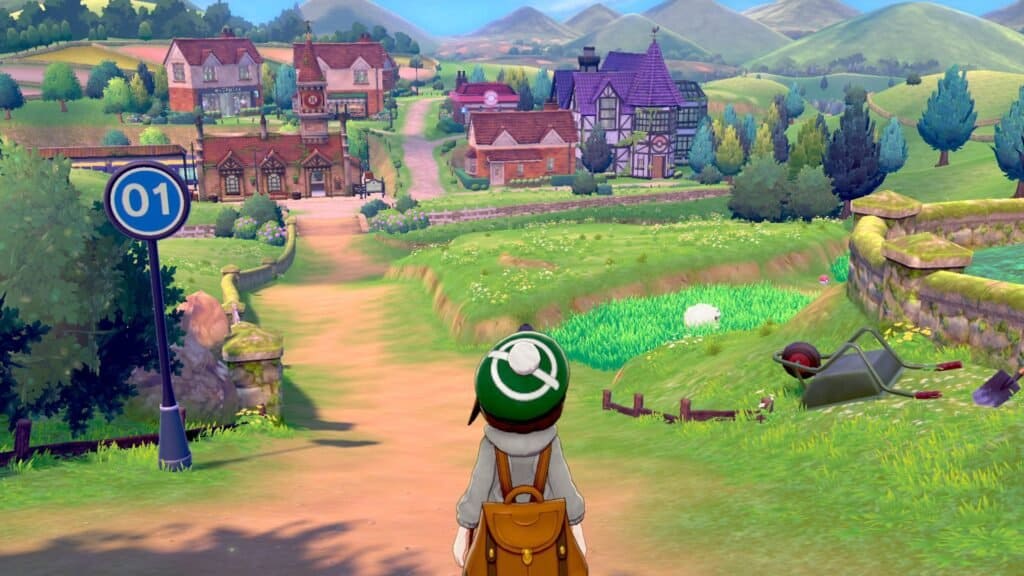
Pokémon Sword and Shield were the first Generation eight Nintendo Switch Pokemon games. Taking place in a new region called Galar, it follows the typical Pokémon gameplay. The player’s objective is to dethrone the Pokémon League Champion while battling other Gym Leaders along the way.
There were only 81 pokemon in Sword and Shield, which is far less than all other Nintendo Pokémon games. Regional forms were introduced to 13 of the pre-existing Pokémon, including Dynamaxing, Gigantamaxing, and the Wild Area.
Players were very upset at the lack of Pokémon available in the game, but the reviewers overall loved the game. It received an average score of 87 with mentions of the new mechanics being their favorite aspect and the reason for the higher reviews.
Pokémon Sun and Moon
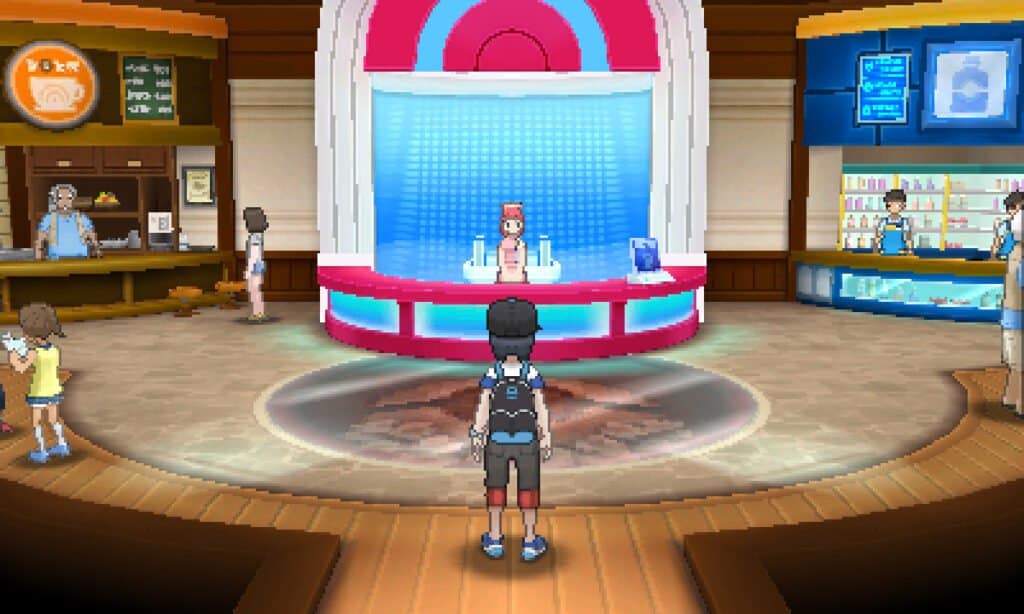
Taking place on a new island, Alola, Pokémon Sun and Moon was the second new Nintendo 3DS Pokemon game. It carried over some features from its predecessor X/Y, like full 3D polygonal models.
New features included more realistic characters and customizations for them, 81 new Pokémon species, and the “Z-Move,” a powerful new mechanic that can be used once per battle.
Receiving a score of 87, it wasn’t one of the most popular Nintendo Pokémon games but still sold pretty well. Reviewers liked how much different Sun and Moon were compared to the games that came before it. Furthermore, removing Gym battles was a welcomed change that they hoped would carry on in the future.
Pokémon Black and White

Some of the first Nintendo Pokémon games released on the Nintendo DS, Black and White are the beginning of the fifth generation of Pokémon. In addition, it holds the current record for most Pokémon in a game at 156, five more than the Red/Blue/Green series.
New features were added to Black and White that helped it feel fresh and stand apart from its predecessors. Firstly, seasons were added that would change each month. While this didn’t change anything for the battles or the gameplay, it was still a nice update. Triple and Rotation Battles were new for combat. Lastly, a new way to find and obtain rare Pokémon in the wild was a welcomed feature.
Some reviewers didn’t like the lack of creativity in a lot of the new Pokémon designs. That being said, they still gave it favorable reviews at an average score of 87.
Pokémon Heart Gold and Soul Silver
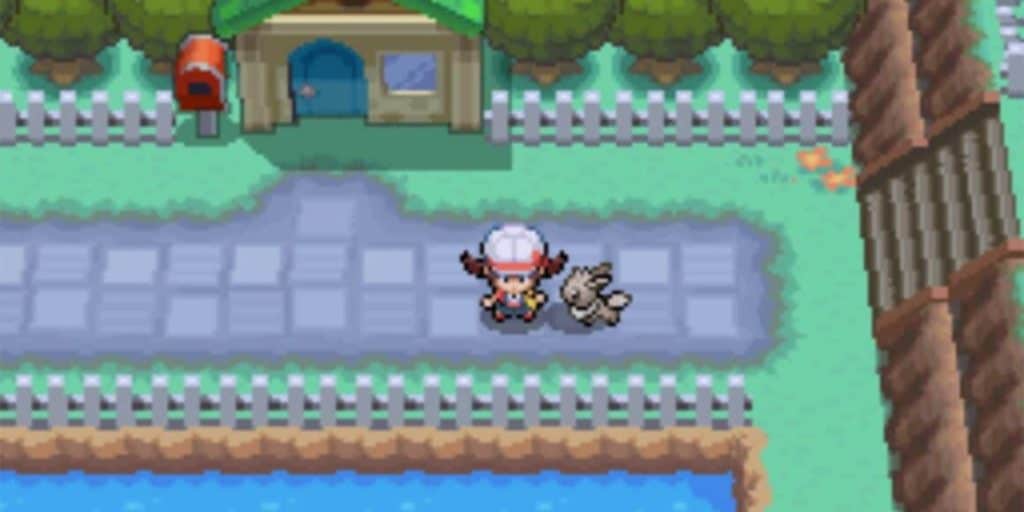
For the 10 year anniversary of Pokémon Gold and Silver (one of the best Pokémon games ever made) Heart Gold and Soul Silver were released on the Nintendo DS. The main idea behind the remake was to honor Gold and Silver and give new players a chance to enjoy it on a new system. The game wasn’t an exact copy as a few new features were added.
The first Pokémon in the player’s inventory can be out of its Pokéball and follow the player’s character around. This gave the player the ability to talk to other Pokémon. A new mini-game had Pokémon competing in track and field type events. There was also a minesweeper type game and a new item that gave the ability to change the sound back to the 8-bit music.
The game did receive an overall score of 87, as players still loved the Gold and Silver formula. But, some reviewers weren’t happy with the same graphic animation sprites on the Pokémon. For a game made 10 years later, they were hoping for something more.
Pokémon Diamond and Pearl

The fourth generation of Pokémon started off with Diamond and Pearl. Now that the Nintendo DS had Wi-Fi capabilities, they allowed for online battles, new mechanics, and 107 new Pokémon. As per usual players will need to trade with each other to complete their Pokédex collection, which was now much easier over Wi-Fi.
With almost 18 million copies sold, Diamond and Pearl are two of the most successful Nintendo Pokémon games of all time. The game scored an average of 88 and even helped spawn the prequel Pokémon Legends: Arceus for the Nintendo Switch.
Pokémon Red/Green/Blue
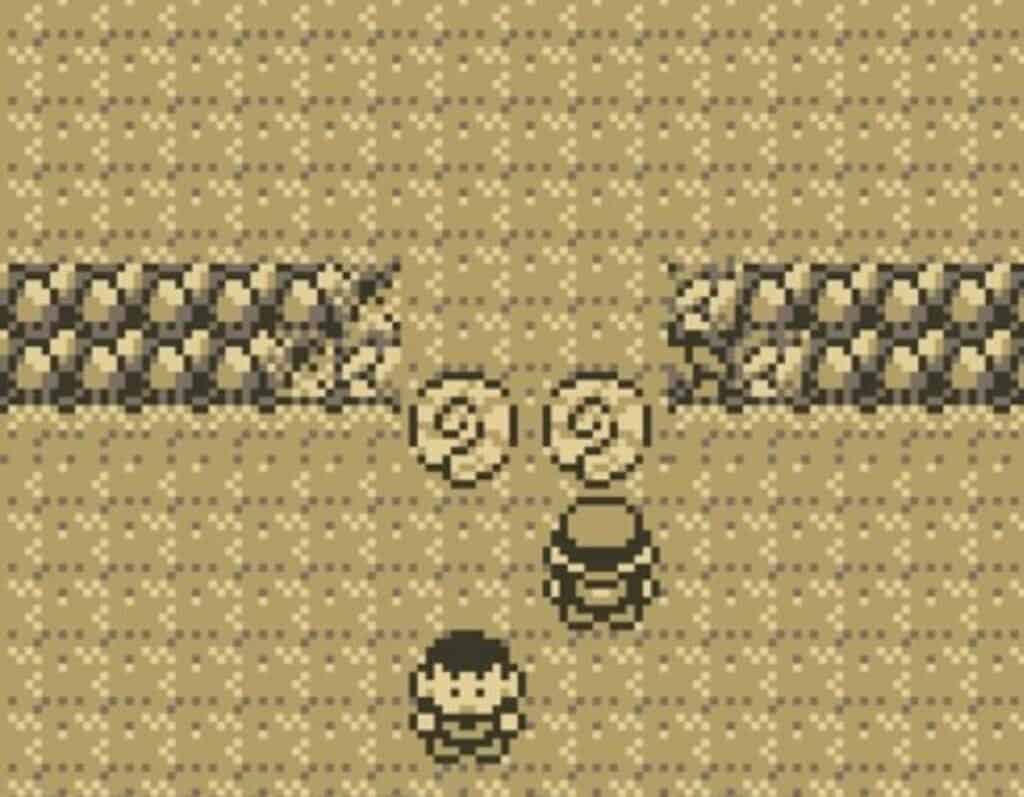
The original Nintendo Pokemon games came in three versions. Red, Green, and Blue. The green version was only ever released in Japan, but the U.S. still got the other two. Between those two versions though, players could still catch all 151 Pokémon as long as they could trade with someone who had the other version of the game.
Trading was done through a link cable that connected two Game Boys together. This is where the basis for all other Pokémon games began. A young traveler set’s out an adventure to be the very best…like no one ever was. They catch Pokémon, train them, and put them in battle. Their ultimate goal is to beat every gym leader in the Kanto region and obtain their badges.
Pokémon Red and Blue received a solid 88 rating from reviewers, noting that the real draw is catching all the Pokémon, even after finishing the main story. Players loved it as well, with battle system multiplayer the ability to trade with their friends, at the time, this was one of a kind.
Pokémon Ruby and Sapphire
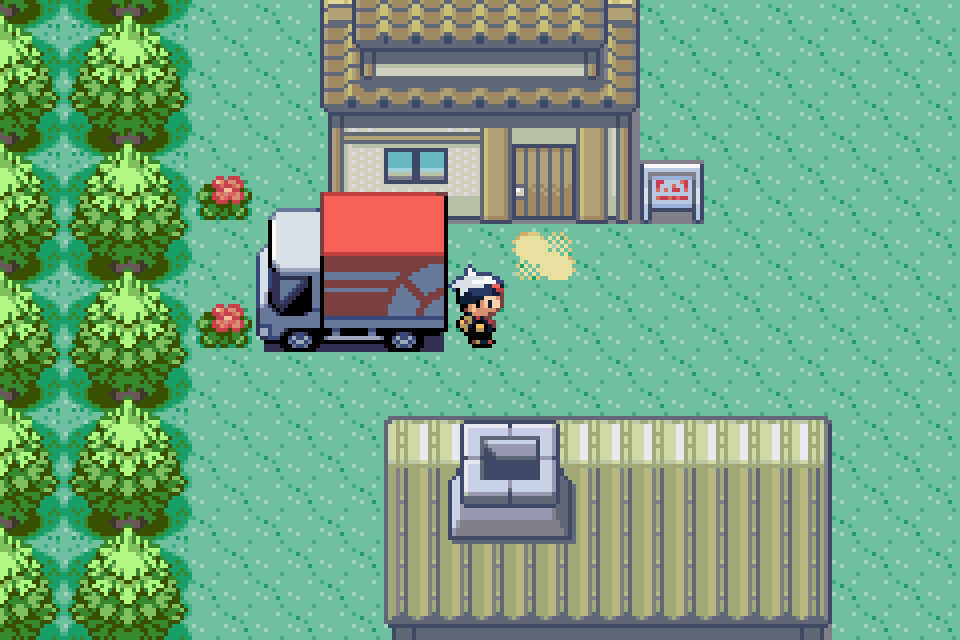
Pokémon Ruby and Sapphire were the first games in the Advanced Generation of the franchise. This was due to them being the first Nintendo Pokémon games on the Game Boy Advance. They were also the first installment of the third generation of Pokémon and follow the same basic premise from the first two generations. 135 new Pokémon were added to Ruby and Sapphire along with other new features including doubles battles and four-player connectivity.
While selling fewer copies than other games in the franchise, Ruby and Sapphire are the best-selling games on the Game Boy Advance. Although it still received a review score of 88, most reviewers were tired of the same old game over and over again.
Pokémon X and Y
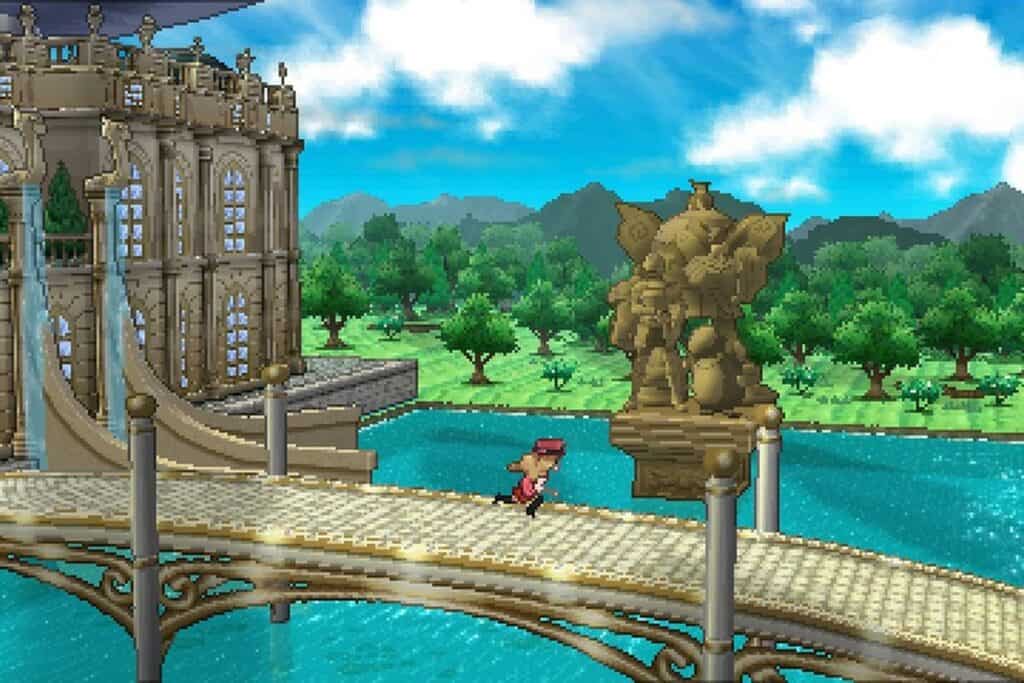
Pokémon X and Y were the first Pokémon games to utilize the Nintendo 3DS’ three-dimension capabilities. All previous games featured detailed sprites for all of the art, in X and Y all of the art is fully rendered in 3D polygonal graphics. Furthermore, X and Y also introduced fairy-type character customizations, updated battle mechanics, and 72 new Pokémon. Mega Evolutions – which allowed some Pokémon to evolve past their evolved state – was the newest added feature that the players loved.
On par with the games that came before it, X and Y received an average rating of 88. Players and reviewers alike enjoyed the transition to a 3D environment that felt seamless and looked beautiful.
Pokémon Crystal

Pokémon Crystal was the enhanced version of Pokémon Gold and Silver. It was also the final Pokémon game to be released on the Game Boy Color. While it was pretty much the same game as Gold and Silver there were a few new features added. This was the first time the player got to pick the gender of the character they wanted to play as. This made no difference in the gameplay, just a different sprite was displayed. It was also the first game to feature animated sprites. This was something that was carried on to future games until the 3D models took over.
Lastly, a Battle Tower was added that would allow players to work their way up the tower and get as high as possible by winning battles.
A lot of reviewers were disappointed in Crystal because it didn’t differ enough from Gold and Silver. It was still a great game that received an average score of 88, but they argued that if you played Gold and Silver you didn’t need to play Crystal.
Pokémon Gold and Silver
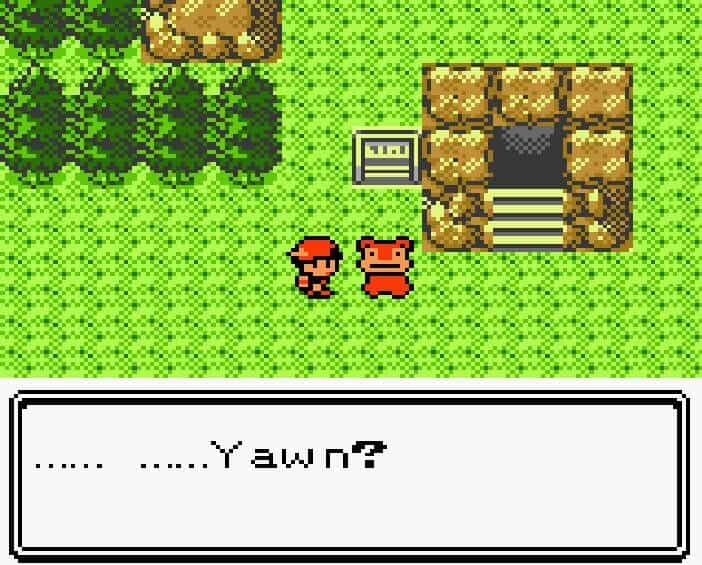
Back in the early days of Pokémon on the Game Boy Color, Gold and Silver brought about the second generation of Pokémon. Carrying on with the success of Pokémon Red/Blue/Green, these games carried on the same basic gameplay. 100 new Pokémon joined the game and of course, a few new features were introduced too. Firstly, a real-time internal game clock would be displayed while playing. This was important due to certain Pokémon would only appear at specific times. Next, Pokémon now had the ability to hold items. And finally, new Pokéballs were added to help catch the more difficult Pokémon.
Rated as one of the best Nintendo Pokemon games yet, Gold and Silver had a rating of 91 from users and reviewers. At the time, they loved the gameplay and mechanics that made the original games great and welcomed the new features.
Think we got something out of order? Sign off in the comments section.
If you liked this article make sure to check out some of our other ones down below.

